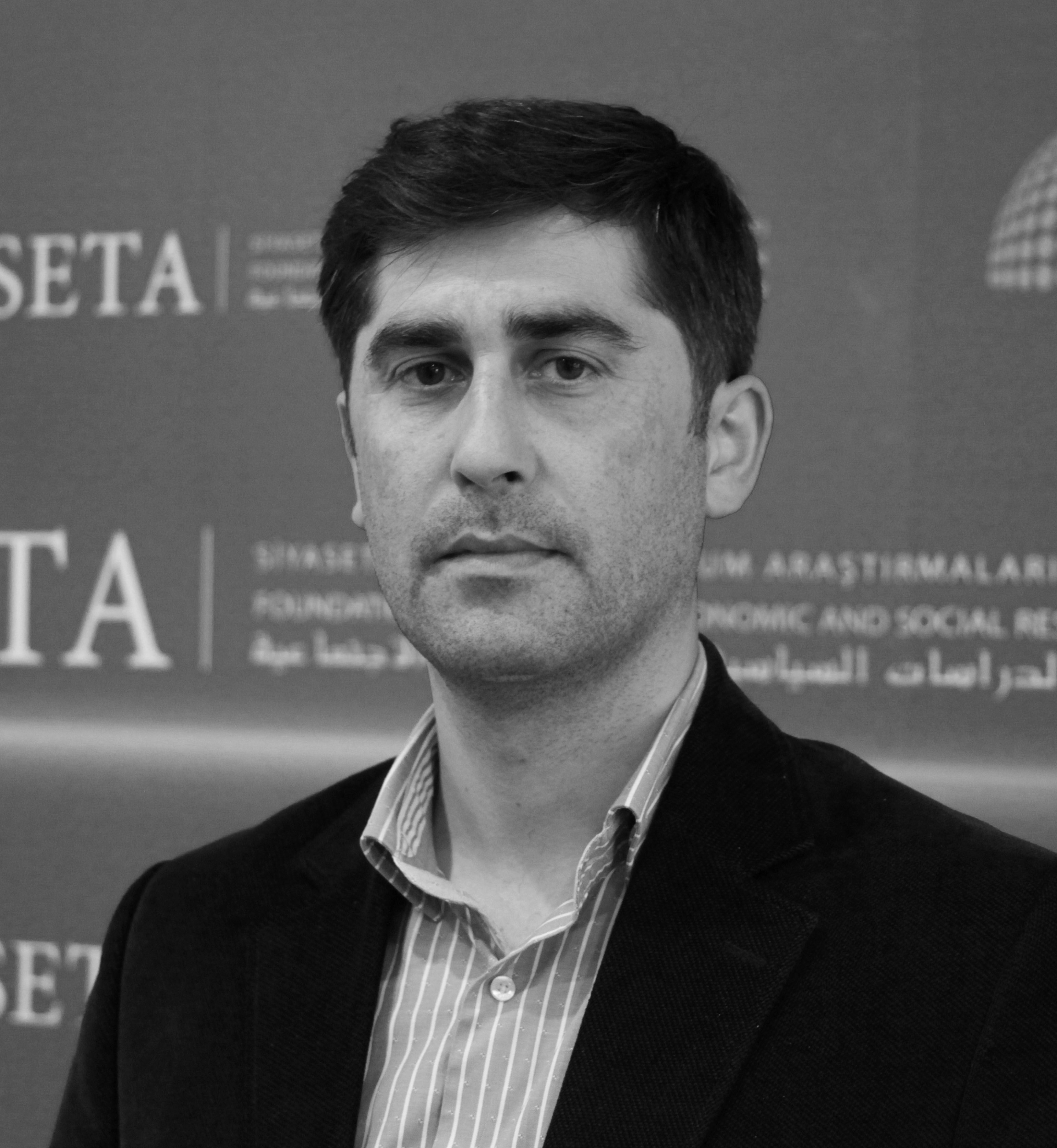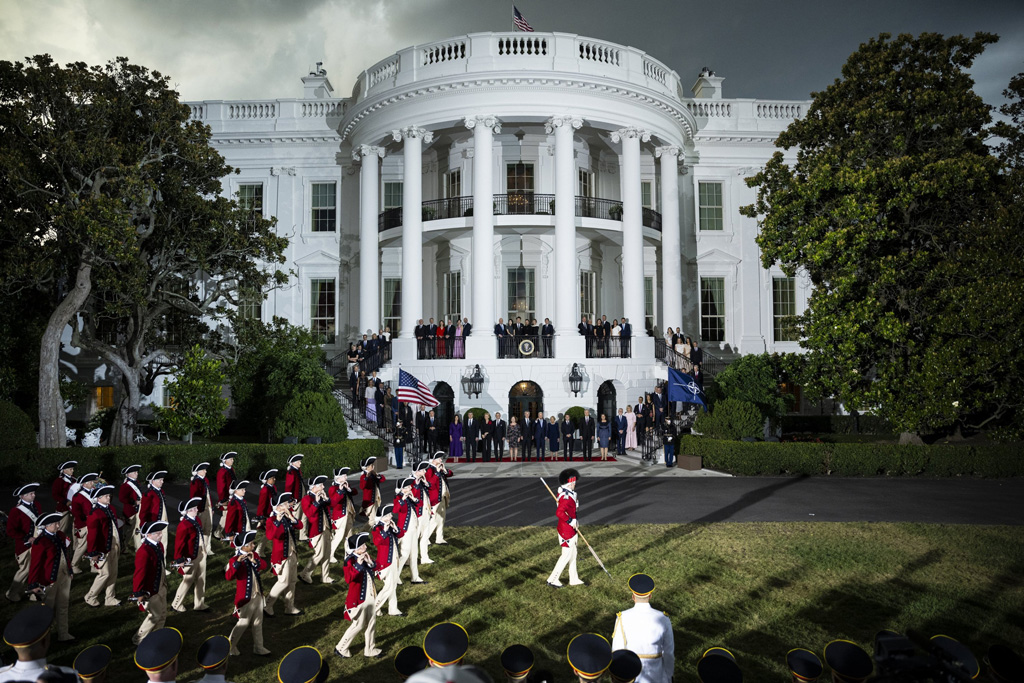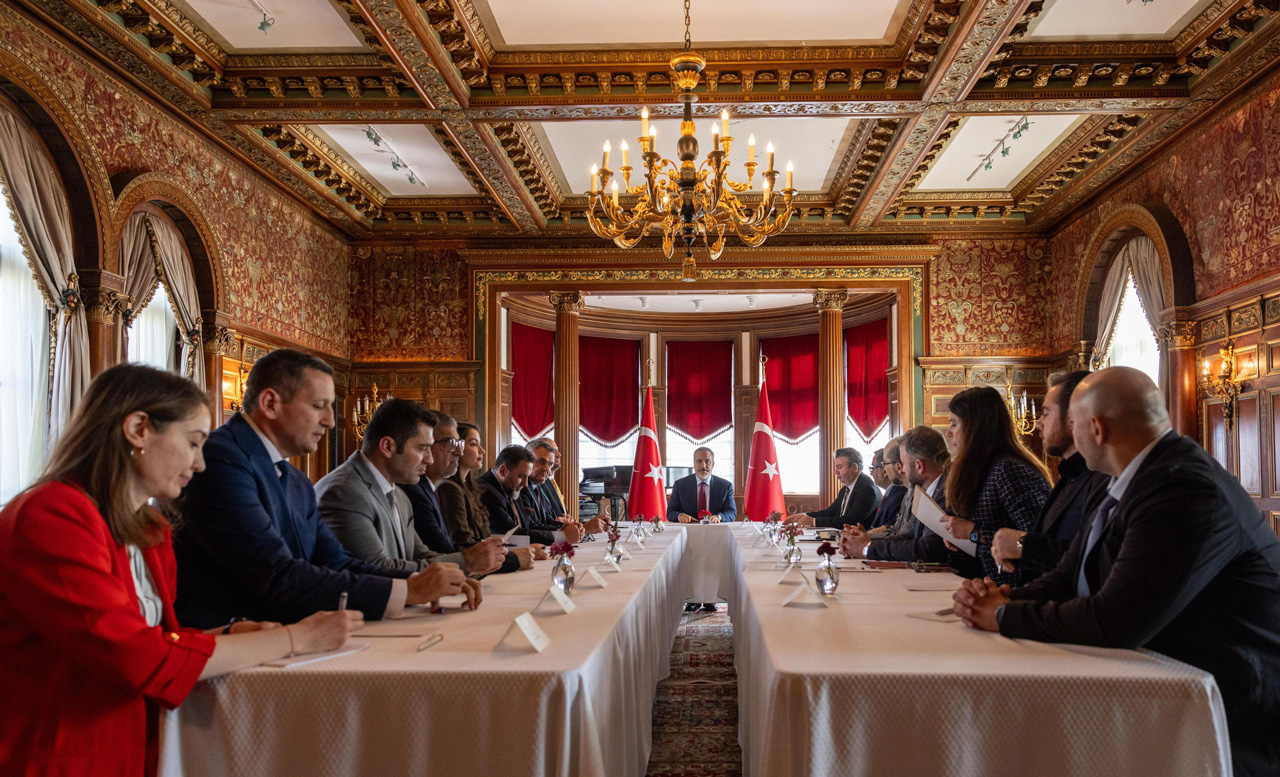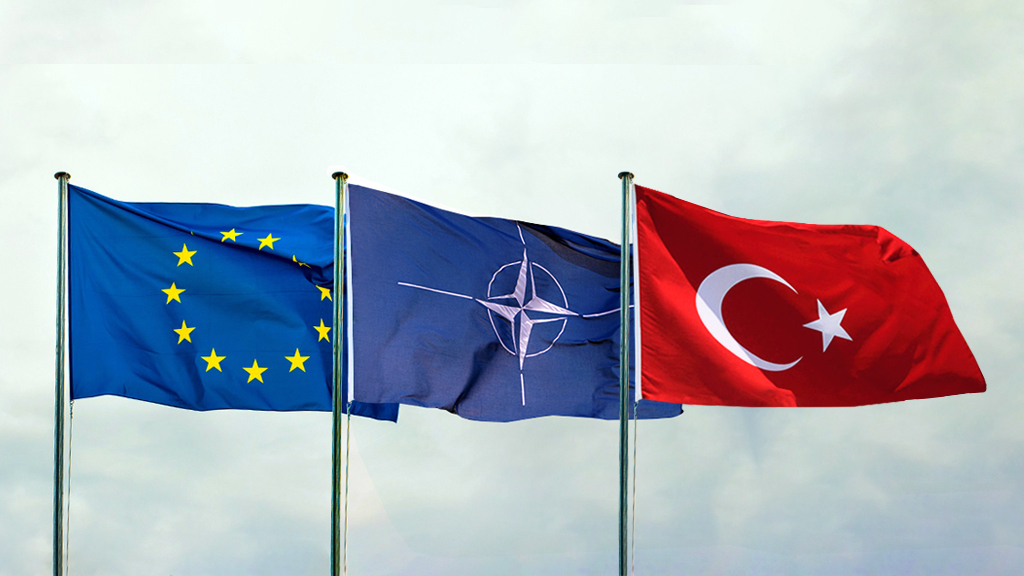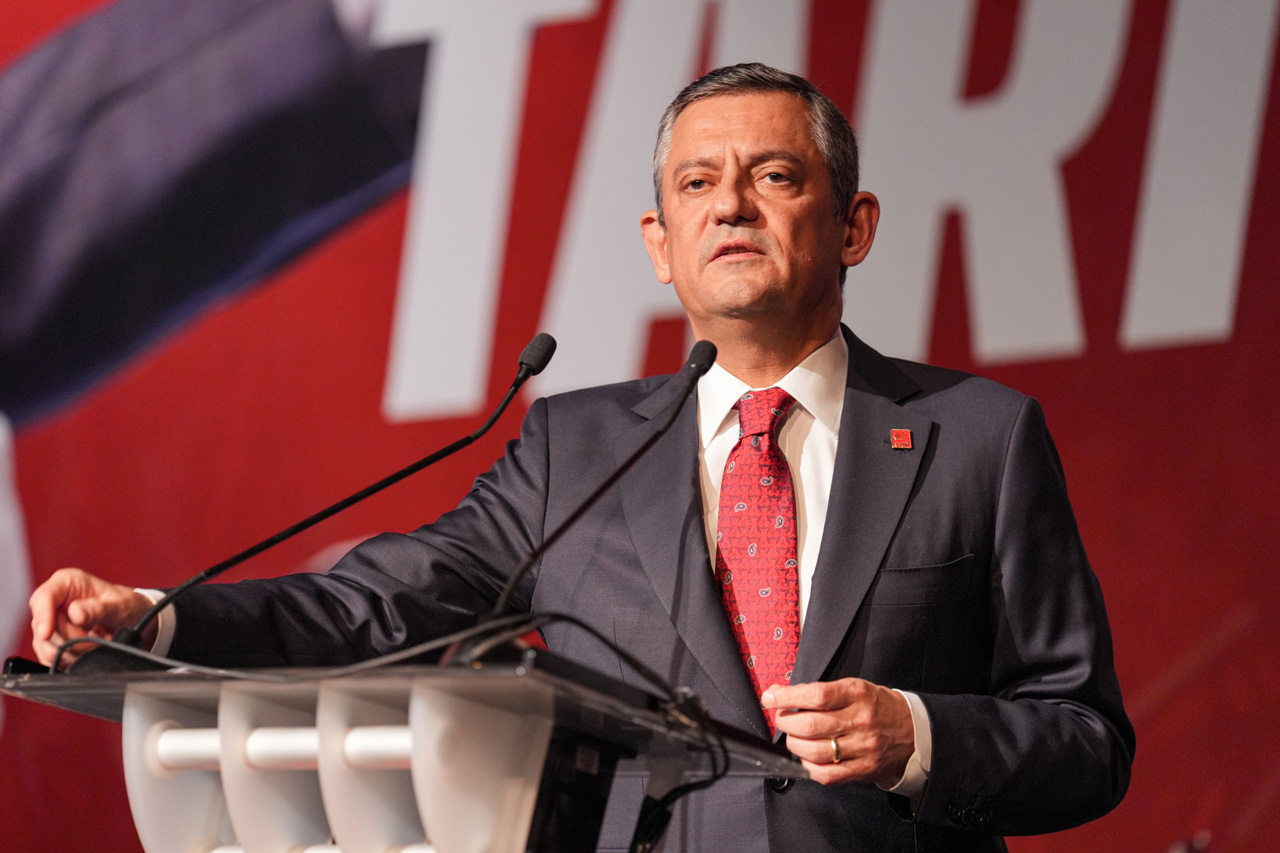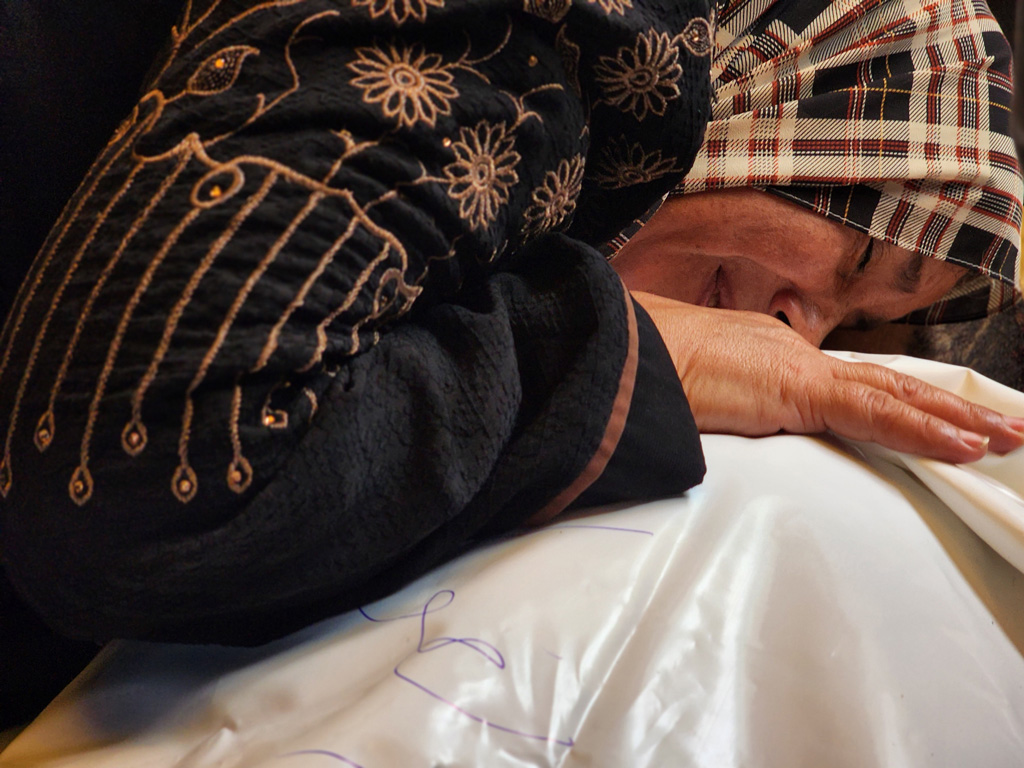Facing its most comprehensive challenge since the end of the Cold War due to Russia’s aggression against Ukraine, NATO is convening in Washington on the 75th anniversary of its founding to formulate the alliance’s future perspective. However, the outlook is not entirely encouraging. Despite the deepening cracks within the alliance being largely healed before the war in Ukraine, a critical process awaits the member states. They must address the need to rein in Russia, engage strategically with China, and keep the alliance prepared for the new threat landscape. Indeed, the Washington Summit is dominated by discussions on NATO’s defense and deterrence strategies, policies toward Ukraine, and strategic approaches to China. These three key issues represent the core areas that will define how NATO responds to current and future security threats.
New NATO?
Since its founding, NATO’s defense and deterrence strategies have been central to ensuring the alliance’s security. In light of Russian aggression in Ukraine, NATO has once again recognized Russia as the greatest conventional military threat. The Washington Summit reaffirmed this stance as a critical existential issue for NATO. The final declaration stated that Russia’s aggression against Ukraine seriously undermines peace and stability in the Euro-Atlantic region and threatens global security.
To enhance its defense and deterrence capabilities against these threats, NATO is strengthening its forward defense forces in Eastern Europe and raising its level of preparedness for potential attacks. Additionally, NATO member states are expected to continue increasing international sanctions and political pressure on Russia. Emphasizing that Russia must pay a price for its aggressive policies, NATO has demonstrated its determination to do so. However, the final declaration asserts that NATO does not seek direct confrontation with Russia and aims to keep communication channels open to minimize risks. Despite this, the alliance’s resolve against Russia’s aggressive actions remains clear.
Furthermore, NATO takes Russia’s threats to use nuclear weapons seriously and, in this context, plans to update its nuclear deterrence policy. This includes responding to Russia’s plans to deploy nuclear weapons in Belarus and addressing its strategic threats.
Another prominent issue in the declaration concerns the defense spending of NATO member states. Russia’s aggression in Ukraine has caused a global crisis of confidence, leading to an arms race that extends beyond the European continent. States have begun to carefully evaluate their stockpiles of weapons and ammunition. Countries that have traditionally invested heavily in their armed forces have increased their armament momentum, while countries with more modest armed forces are now seeking advantageous arms procurement opportunities.
The rapid digitalization and military-technological advancements in warfare, along with the experiences from the Ukraine War, have spurred NATO member states to increase their defense expenditures and modernization targets. In this context, there has been an 18% increase in defense expenditures, particularly in European countries and Canada. This trend reflects a collective effort to enhance military capabilities and readiness in response to the evolving threat landscape.
According to the final declaration announced at the Washington Summit, NATO aims to adopt and integrate innovative technologies in both military and civilian sectors as part of its defense and deterrence strategies. Progress is planned in areas such as artificial intelligence, quantum technologies and biotechnology. Additionally, NATO is striving to take a leading role in energy security and climate change adaptation.
To this end, coordinated efforts are being made to maintain military effectiveness and cohesion during the energy transition. By focusing on these advanced technologies and sustainability initiatives, NATO seeks to enhance its operational capabilities and resilience against evolving threats, ensuring long-term security and stability for its member states.
NATO is also enhancing its preparations against cyber and space threats as part of its defense strategies. The establishment of the NATO Integrated Cyber Defence Centre and the inclusion of space operations in its planning and exercises demonstrate the alliance’s commitment to addressing these emerging threats. These measures are expected to increase NATO’s resilience to future cyber attacks and space threats, ensuring that the alliance remains prepared and capable in the face of evolving security challenges.
Full support to Ukraine
Ukraine is undoubtedly one of the most important topics of the Washington Summit. NATO’s policies toward Ukraine are centered around long-term support and the aim of stopping Russian aggression. To this end, NATO has decided to establish the NATO Security Assistance and Training Centre (NSATU), which will provide Ukraine with military equipment, training and infrastructure support. This center aims to enhance Ukraine’s defense capacity and support its integration into NATO, demonstrating the alliance’s commitment to bolstering Ukraine’s security and sovereignty.
On the other hand, NATO has committed to providing Ukraine with a minimum of 40 billion euros ($43.40 billion) in annual funding for military equipment, logistics and training. This financial support is intended to help Ukraine improve its defense and deterrence capabilities against Russia.
A significant aspect of the support for Ukraine is its prospective NATO membership. However, an exact timetable for membership has not been set. NATO acknowledges that it is challenging to discuss full membership before the war in Ukraine ends. Furthermore, it is evident that not all alliance members share the same opinion on Ukraine’s NATO membership. Discussions about Ukraine’s NATO membership could further antagonize Russia and potentially prolong the war.
Dealing with China
Another important theme of the Washington Summit was to further concretize the alliance’s policies toward China. As outlined in the 2022 Strategic Concept, NATO is seeking to adopt a strategic approach to China’s growing influence. It is clear that China poses a strategic challenge to NATO. However, there is no consensus among the alliance members on how exactly to address this challenge.
What is evident is that China is now firmly on NATO’s radar. At the Washington Summit, NATO expressed deep concern about China’s support for Russia. It was clearly emphasized that China’s “unlimited” partnership policy with Russia and its extensive support to the Russian defense industry pose a threat to Euro-Atlantic security. In this context, NATO called on China to cease the transfer of weapons components and defense industry materials to Russia.
NATO also expressed its concern about China’s harmful activities, including cyber-attacks and space activities. China’s rapid rise in technology is a source of concern in many respects. In this sense, NATO called on China to fulfill its responsibilities, especially in the cyber domain, rather than adopting a confrontational policy. NATO stated that it is open to strategic risk reduction talks and increased transparency with China. This stance indicates that NATO has adopted a cautious approach toward China.
Another important aspect related to China is that the alliance has begun to focus on security dynamics in the Asia-Pacific region from a NATO perspective. In this context, the possibility of NATO establishing a clear position against China in the Asia-Pacific region through partnerships has increased considerably. This suggests that a “Global NATO” strategy will increasingly be on the alliance’s agenda. Consequently, NATO’s policies toward China have become a significant component of the alliance’s overall security and deterrence strategies, reflecting a broader and more comprehensive approach to global security challenges.
NATO’s defense and deterrence strategies, its policies toward Ukraine, and its strategic approaches toward China are key areas in how the alliance will respond to current and future security threats. As a result, according to the final declaration, NATO must reposition itself to increase its defense capacity, prepare for cyber and space threats, provide long-term support to Ukraine and remain resilient to China’s coercive policies. Establishing a clear and coordinated stance in these areas will be crucial for maintaining the alliance’s security and stability in an evolving global landscape.
